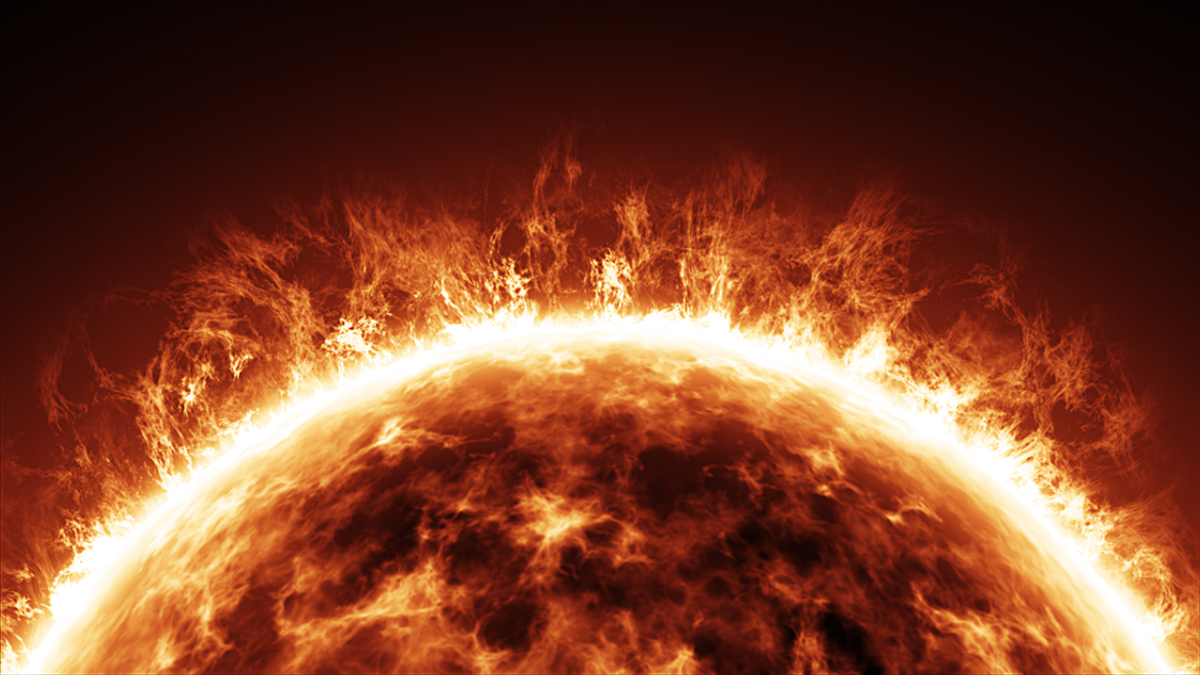
For decades, scientists have tried to understand how the Sun's corona (outer atmosphere) gets so blisteringly hot while its surface stays relatively balmy – and now a new study has delivered a big clue.
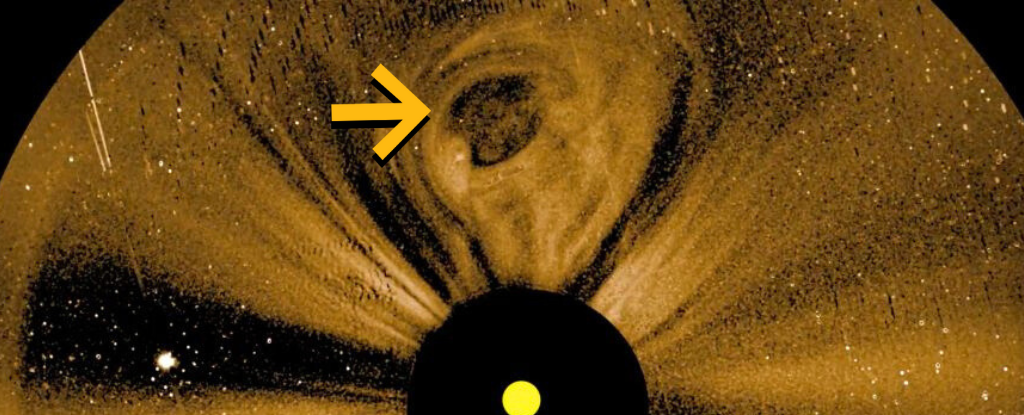
A NASA mission to observe the activity of the solar wind has returned its first images of giant coronal mass ejections (CMEs) billowing out from the Sun.
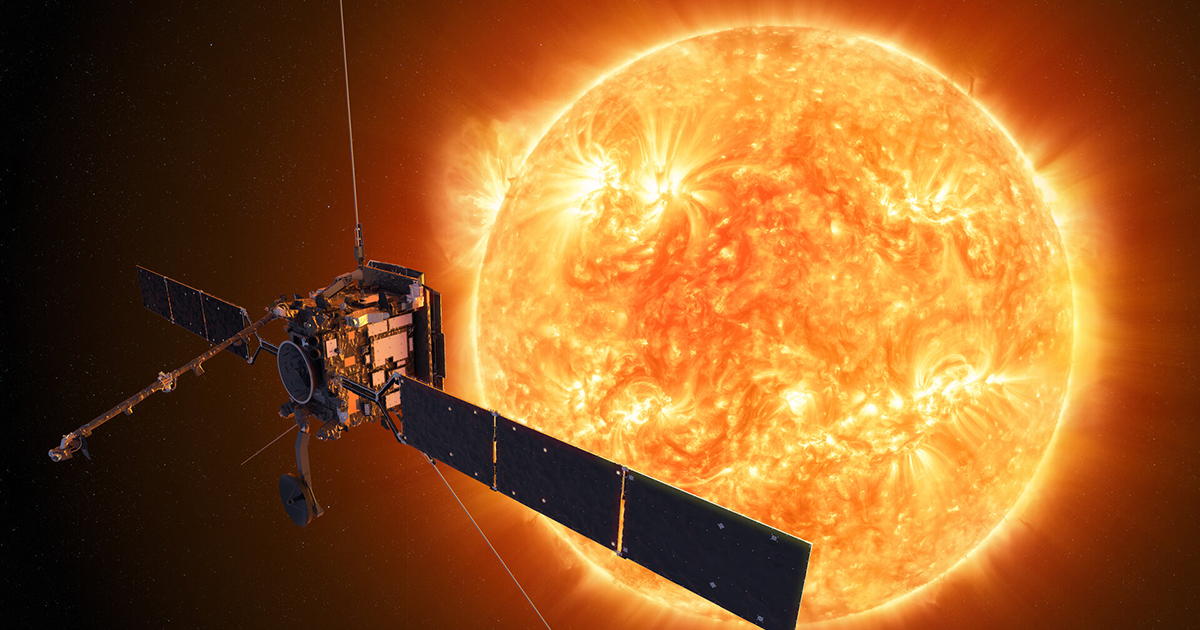
ESA's Solar Orbiter deep-space probe has made history, returning the first-ever images of the Sun's south pole.

Today, the European Space Agency's Proba-3 mission unveils its first images of the Sun's outer atmosphere - the solar corona.

A team at the National Solar Observatory is using AO to examine the Sun's corona in unprecedented detail.

New research uncovers the strongest solar event ever detected - rewriting our understanding of space weather and radiocarbon dating.

On 14 May 2025, the Sun erupted with the biggest flare we've seen all year.
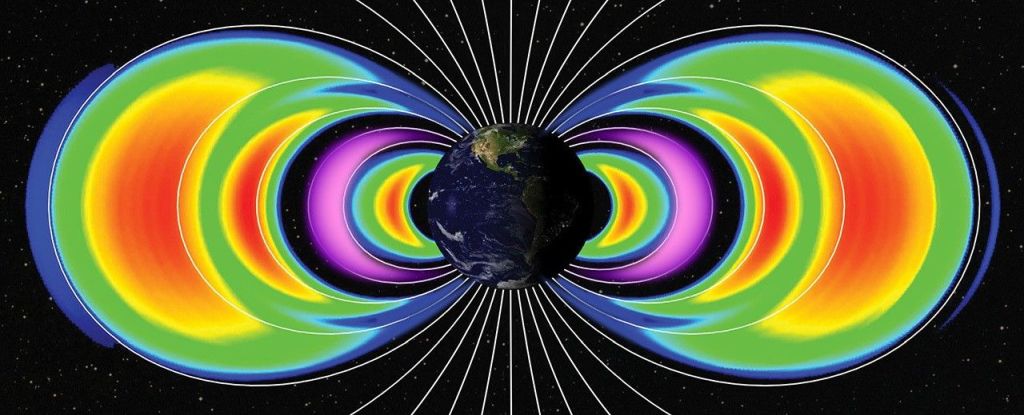
In the months following massive solar storm in May, 2024, Earth was girded by two new, temporary radiation belts of high-energy particles, trapped by the planet's magnetic field.

Scientists hope the data from Parker will help them better understand why the Sun's outer atmosphere is hundreds of times hotter than its surface.

A new analysis of the eruption rates of 56,400 Sun-like stars has estimated that the Sun's superflare rate is at the low end of that scale – once every 100 years.

Researchers at the U.S. National Science Foundation National Solar Observatory have successfully mapped the magnetic fields of the sun's atmospheric corona.
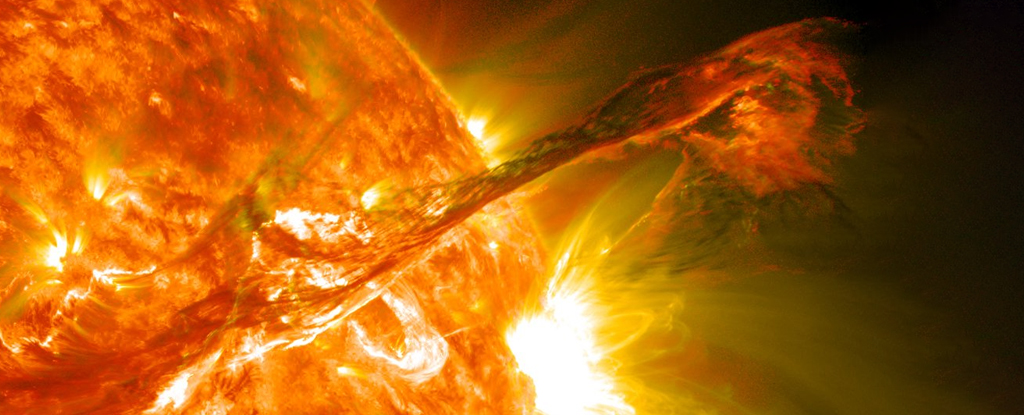
Extreme solar storms could spell disaster for our highly technological society because they have the potential to damage satellites and bring down communications networks and global electricity grids.
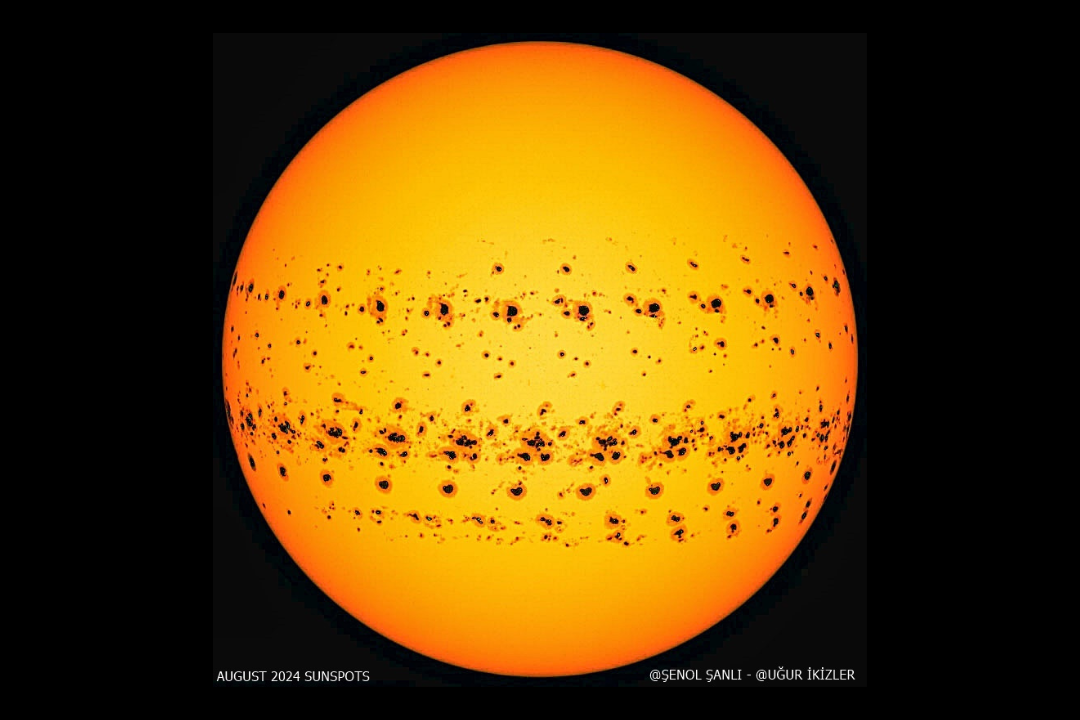
Experts record a record-breaking number of sunspots on the surface of our home star during the month of August.

Every few thousand years, the Sun unleashes a burst of high-energy particles that can have serious consequences for life on Earth.

A solar storm that filled Earth's skies with shimmering curtains of light in May 2024 was so intense that its effects were felt, even at the bottom of the ocean.